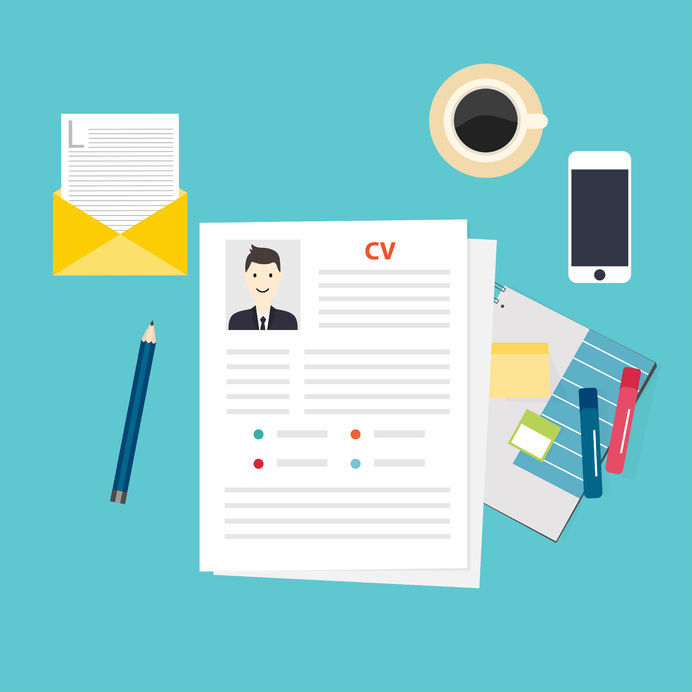How to Write a Killer CV
Posted over 6 years ago by Rob Markwell
Whether you are a junior or a senior candidate when it comes to writing a CV there is a rough guide you should stick to. When you sit down to write your CV for a job application you should be thinking about what you want a potential employer to see, what role it is your applying for and what is it you want to highlight about yourself.
When it comes to the layout of a CV I would start with the basics and pop your name and contact details right at the top, clear and separate from the body of text. Follow this with a short personal profile, this should be concise and reflect the type of person you are. Try not to just throw in generic words, think about how you might be described by your friends and family (in a professional manner). You should be honest in how you describe yourself and have evidence ready to back it up as it can be brought up at interview.
This leads on to qualifications. Start with the most recent at the top, degree or the equivalent. When detailing older qualifications like GCSE’s, keep it short i.e: 10 GCSE’s A-C Grade. (If you are midweight to senior professional this section can go after the details of your career history).
The next section is all about your work experience. Each role should have the company name, job title, dates you were there and key responsibilities. If you have a lengthier career history I would only list the key responsibilities for the most recent/relevant roles. Your most recent role should be particularity detailed and visible on page 1 of your CV, this first page is going to be what the hiring manager sees and will be judging you on. Please remember to put dates throughout your CV and if there is a break just briefly state it, for example, 'Jan-July 2016 - Traveling'.
Following your work experience, is where you would usually add your hobbies/interests. With technology now being a massive aspect of most roles, I would actually follow work experience with an IT Skills section. Here you can list all the programmes you can use. Then add in your interests, this is a nice place to show more of what makes you unique so try to think of things you like that aren’t the usual ‘spending time with family’.
Other points to remember
-
If you are a designer always have a link to your portfolio and your CV layout will more than likely be a little more unique, that’s fine and if you want specific tips for Creative CVs, check our previous blog post.
-
A CV should be 1/2 pages but no more than 3 for somebody more experienced
-
Write in the first person, not like somebody has written it for you.
-
KNOW YOUR CV, interviewers will test this when asking you competency based questions.
-
Be honest and do not exaggerate responsibilities or length of employment, you are only setting yourself up to fail.
-
Remember to put dates on qualifications and jobs.
-
Use a clear and easy-to-read black font such as Arial and make sure the body of the text is no bigger than 12pt.
-
Every CV should finish off with a “references on request” or details of references if you have them.
No two roles are the same so therefore, the same CV each time isn’t going to work. While you should follow the steps above for layout and content, remember to highlight different things based on the job you are going for, for example, if the role is specialist make sure to leave room for all your technical skills and the results you have gotten at previous roles rather than focusing on more basic admin skills.
Your CV is describing you, this is your platform and opportunity to highlight your skills and experience so it won’t look or read like everyone else and that’s important. Get brushing up those CV and watch those interview requests come flying in!
Good luck!




